Tour de France 2020: Seven things to look out for during the third week
The Slovenian showdown, fight for the podium and the few chances for the sprinters - key an eye out for these moments in the final week
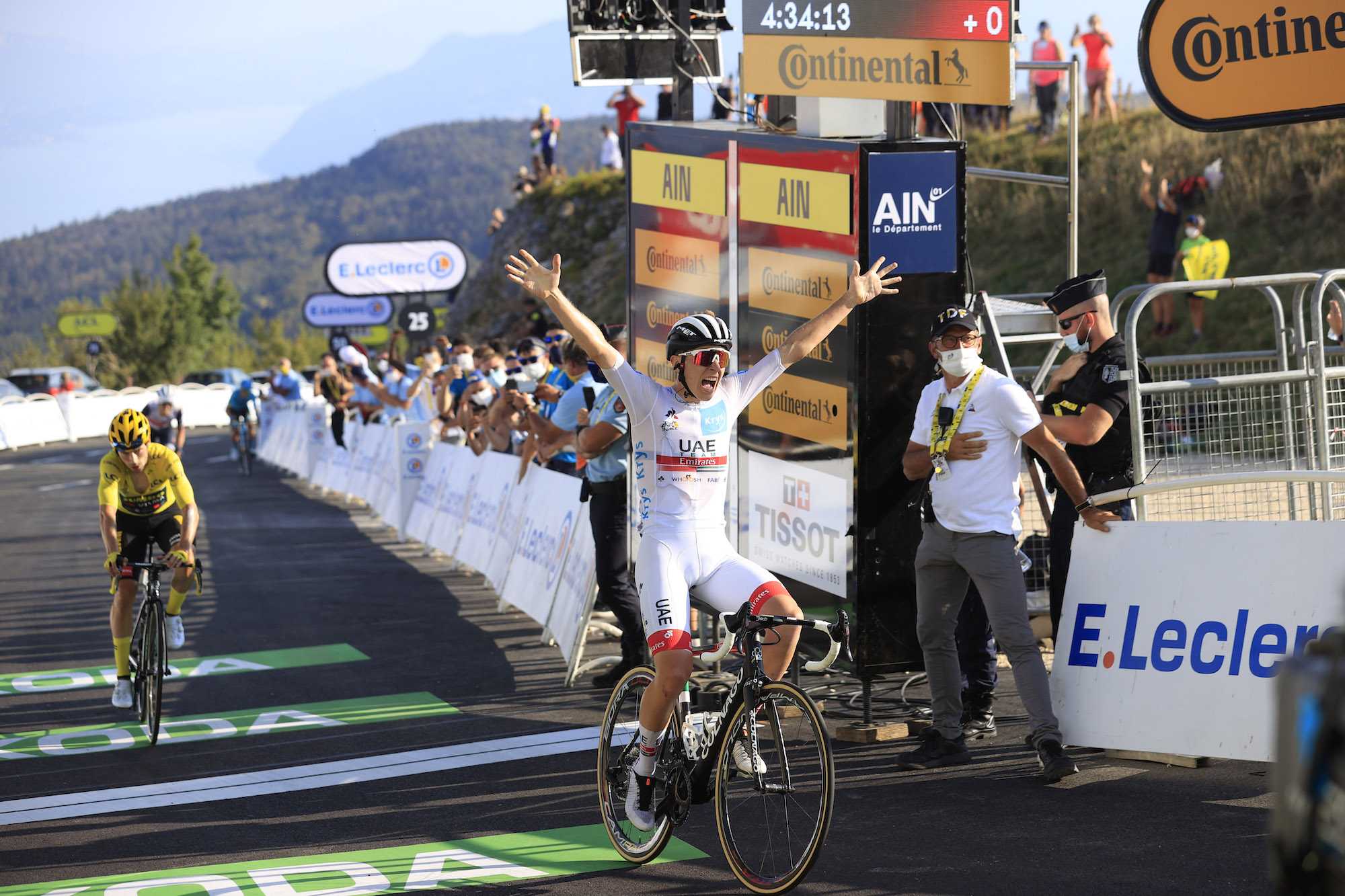
A Slovenian showdown for yellow
Now that that Colombian challenge for the yellow jersey has gone the same way as the French one, with defending champion Egan Bernal (Ineos Grenadiers) and Nairo Quintana (Arkéa-Samsic) both collapsing out of contention on stage 15’s Grand Colombier, it looks very likely that the first ever Slovenian winner of the Tour de France will be crowned in Paris.
The question now on everyone’s lips is, which one?
Primož Roglič (Jumbo-Visma) remains in yellow having successfully defended the overall lead during the second week, but Tadej Pogačar (UAE Team Emirates) gained four seconds by winning the sprint finish atop the Grand Colombier on Sunday, closing the gap between the two to 40 seconds.
Normally Roglič might be content to continue riding defensively, especially with a time trial stage (a discipline in which he is among the best in the world at) on the horizon. But in Pogačar he faces an opponent so raw and with such unquantifiable talent that he can’t be so sure whether that 40 second advantage is enough to rest easy on.
One that Roglič can be sure of, though, is the superiority of his team. Halfway up the Grand Colombier, he still had Wout van Aert, George Bennett, Sepp Kuss and Tom Dumoulin keeping him company. Pogačar, by contrast, had no-one.
But the way they rode that stage, setting a tempo all the way up to the top, might actually play more to Pogačar’s advantage; the 21-year-old was, after all, able to out-sprint Roglič at the top for victory, and therefore gain some time rather than lose it, despite being isolated.
Get The Leadout Newsletter
The latest race content, interviews, features, reviews and expert buying guides, direct to your inbox!
If they are to take full advantage of their superiority, Jumbo-Visma are going to have to show some brains as well as brawn, and perhaps think up innovative tactics to put Pogačar under pressure. Given how evenly-matched the two Slovenians have been so far this Tour, well thought-out teamwork might just be what edges it for Roglič.
Adam Yates in the mix for a podium finish — and possibly even more
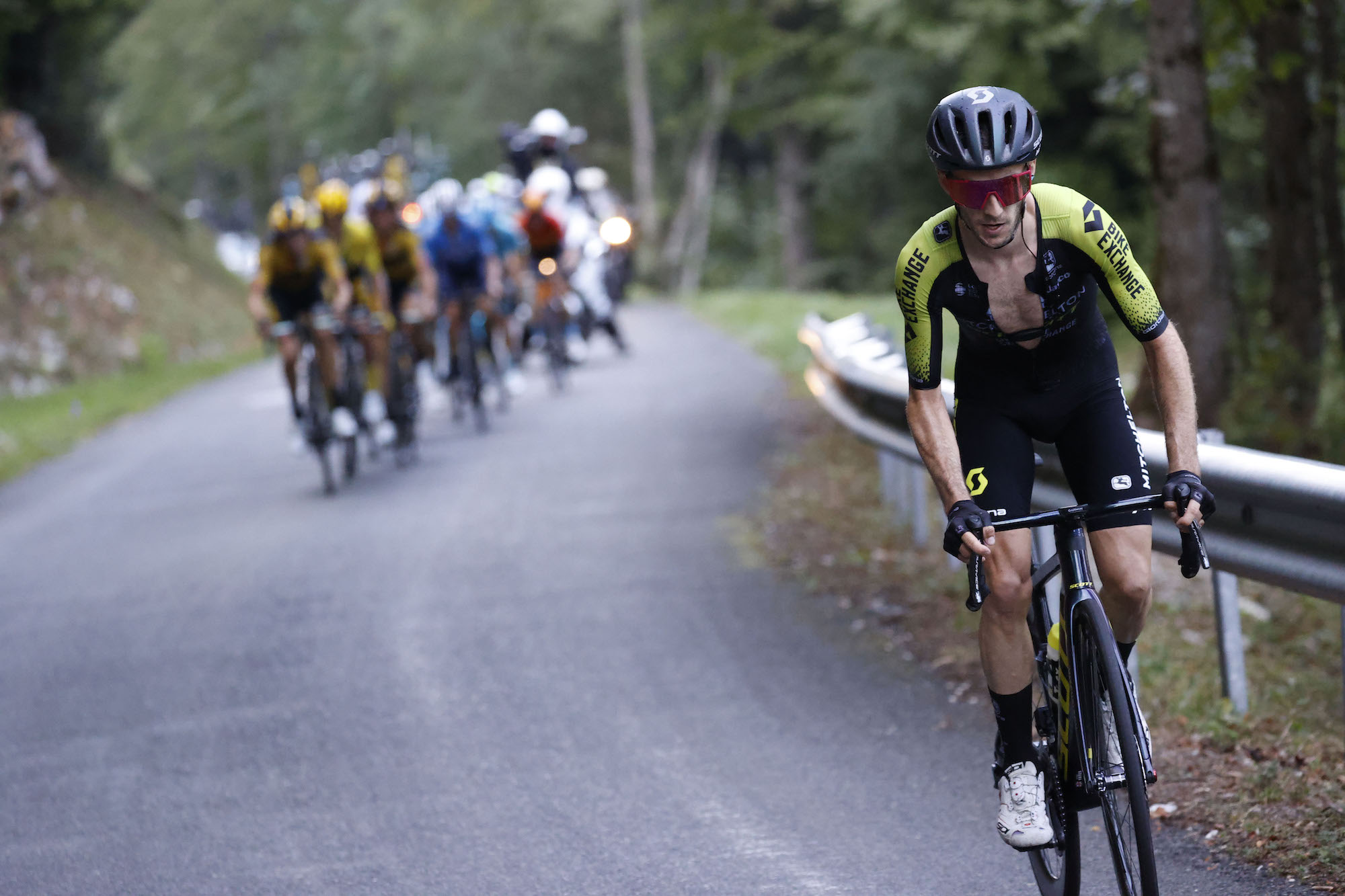
Photo : Yuzuru SUNADA
When it was announced at the start of the Tour that neither Chris Froome nor Geraint Thomas would be riding, leaving just four British riders at the race, British cycling fans lamented the lack of representation. It seemed as though the glory years of recent times, in which British riders have accounted for six of the last eight winners of the race, might at last be coming to an end.
What we didn’t account for was the form of Adam Yates. The 28-year-old got off to a flyer, claiming the yellow jersey on stage five having gone on the attack a few days earlier, and defending it impressively for four days before losing it to Primož Roglič.
Despite claiming that, upon losing the jersey, he had no interest in a high GC finish, and that he intended to lose more time in order to have the freedom to chase stage wins, Yates spent the second week stealthily preserving his high place on GC, all while publicly denying he had any interest in doing so.
Now he begins the third week in fifth overall, and the question is no longer whether or not he is riding for GC, but how high up in the top ten he can finish. At just 29 seconds away from Rigoberto Urán (EF Pro Cycling) in third overall, a podium finish is certainly on the cards, but might Yates have even loftier ambitions in mind?
His attack on the Grand Colombier the other day, while every other GC favourite followed Jumbo-Visma’s train, was not the move of someone protecting what they already had, and certainly suggests that Yates believes he might even be able to win yellow. It might be a long shot, but Britain’s run of dominance at the Tour de France might not be over after all.
A scramble for the podium
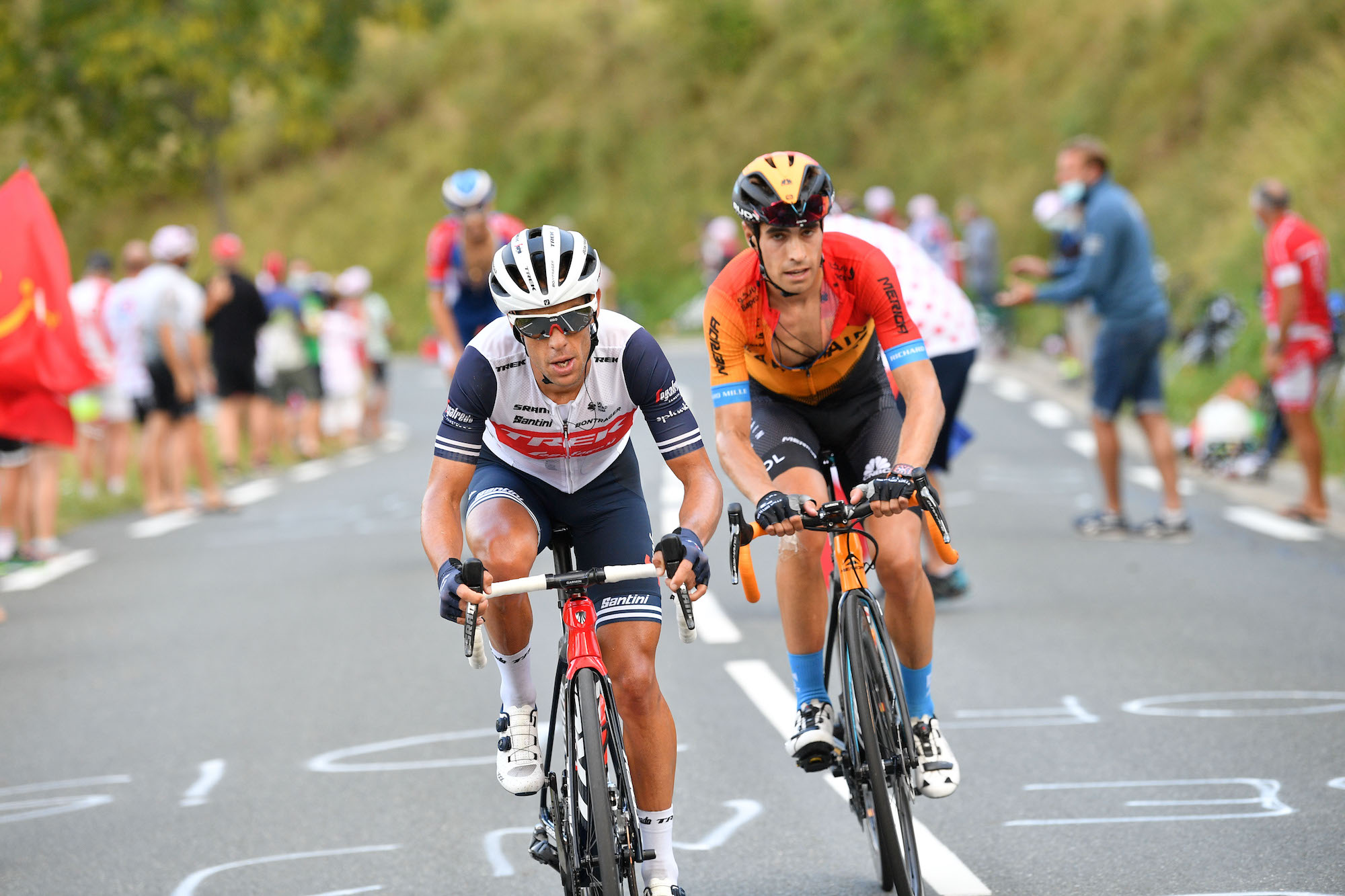
Behind the leading Slovenians, a cluster of five riders (including Yates) have emerged as the leading candidates for a podium finish. With just 42 seconds separating all of them, all seem pretty evenly-matched so far, and therefore all capable of making the podium in Paris.
Rigoberto Urán currently holds the third-place spot, having ridden virtually flawlessly in his bid to preserve time. Of the five riders, he’s the only one to have previously finished on the podium at the Tour (in 2017), and therefore has the experience and know-how to do so again.
Similarly experienced is Richie Porte (Trek-Segafredo), who has rolled back the years to enjoy what is shaping up to be the best Tour de France of his career. The 35-year-old’s past GC bids have invariably gone up in smoke, but he’s currently on track to finally make a Grand Tour podium for the first time in his long and illustrious career, and was the best of the rest behind the Slovenians on both Grand Colombier and Puy Mary.
Porte is rumoured to be heading back to Ineos Grenadiers, where he will presumably readopt his old role as a super-domestique, and the 35-year-old will be determined to make the most of this one last Tour as his team’s leader— but will the podium be enough to satisfy his hopes, or is his eyes on the yellow jersey?
A similar dilemma confronts Mikel Landa (Bahrain-McLaren). The Spaniard has also endured a frustrating career of near-misses in which a Tour de France podium has remained elusive, and is also enjoying the rare luxury of being his team’s outright leader. Such a good chance may never again present itself, so should Landa’s priority to ensure he makes the podium, or to go all-out for a shot at yellow? As a naturally attacking rider, the latter might be his goal.
Miguel Ángel López (Astana) stands out for his relative youth and lack of past baggage, this being his debut Tour. Save for one ill-judged downhill attack on the dangerously rainy opening stage, the Colombian has been uncharacteristically conservative these past two weeks, but, if he has the legs, it’s easy to envision this instinctively aggressive rider riding an aggressive final week.
If any of these riders have both the form and ambition to not just settle for a podium finish, but to go all out for the yellow jersey, the final week may be more complicated than the straightforward Roglič v Pogačar contest most are expecting.
Ambushes in the Alps
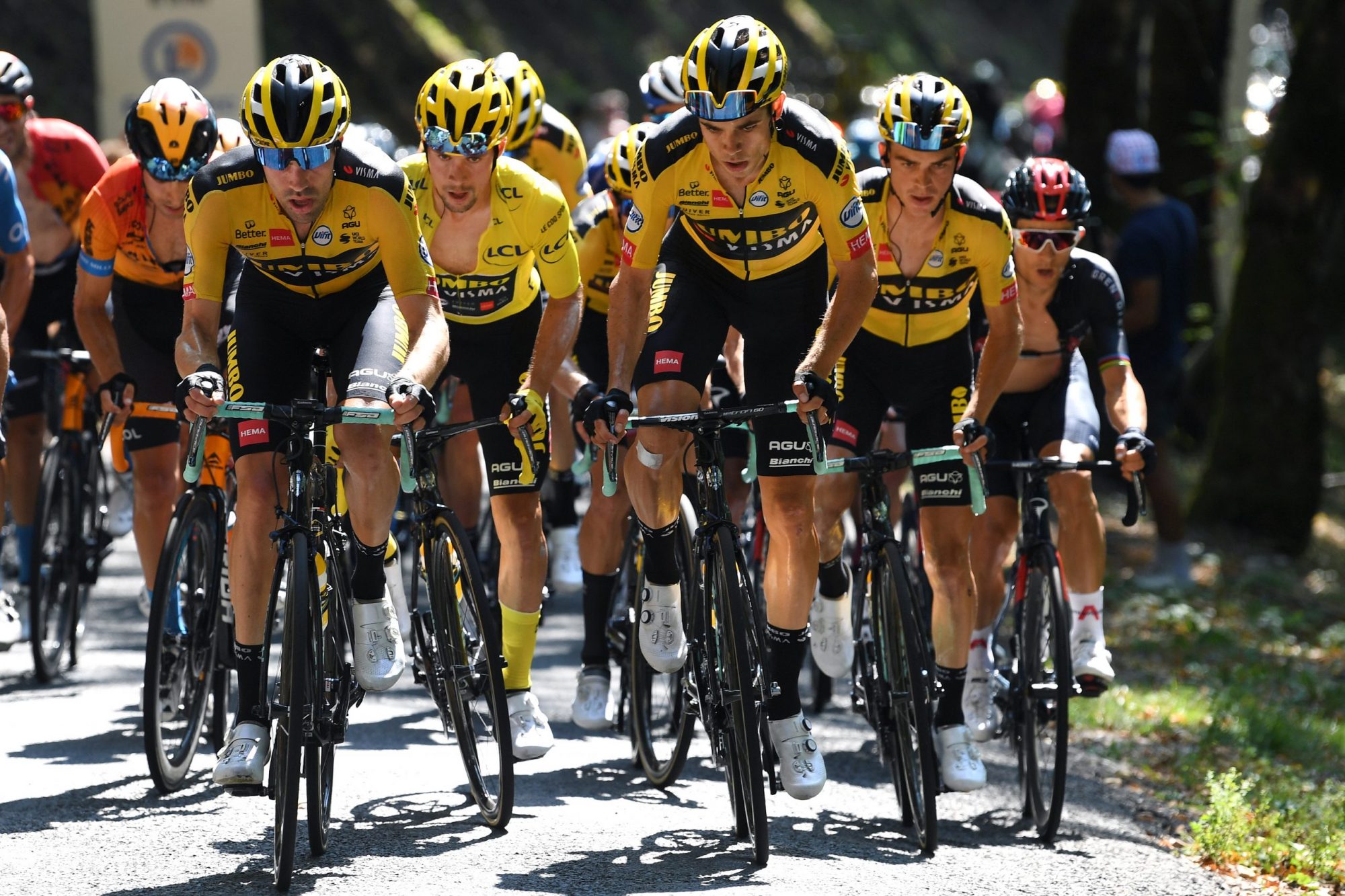
It’s one thing to target attacking the Slovenians, but another thing to actually go out and do it. Both Roglič and Pogačar are in exceptional form right now, and are evidently the strongest in the race right now, while Roglič has a mighty Jumbo-Visma team to protect him. Simply making a basic attack on the final climb will not be enough to drop them.
Instead, anyone hoping to win the yellow jersey will have to be imaginative with their tactics, and stage eighteen’s Alpine epic, and to a lesser extent stage sixteen’s trek through the Vercors mountains, provide ample territory for ambushes.
Both stages consist of multiple climbs, but neither end with a mountain top finish — in the former, a 20km plateau take the riders from the summit of the category one Saint-Nizier-du-Moucherotte to a small uphill kick to the finish; in the latter, the riders descend the best part of 30km following the Hors category peak of Montée du Plateau des Glières.
The crucial moments could therefore occur on the earlier climbs — and descents — of these stages. There will inevitably be a huge scramble to get into a breakaway among those chasing a stage win and/or the still wide-open King of the Mountains classification, the best way for the other GC candidates to put Jumbo-Visma, Roglič and Pogačar under pressure might be to infiltrate these breakaways.
Strength in numbers will be key, and there are signs that some teams beyond Jumbo-Visma have the resources. Mikel Landa had Bahrain-McLaren Pello Bilbao and Damiano Caruso for most of the way up Grand Colombier, indicating that they’re on great form, while the likes of Dani Martinez (EF Pro Cycling), Esteban Chaves (Mitchelton-Scott), Kenny Elissonde (Trek-Segafredo) and the Izagirre brothers (Astana) could also play a huge role in assisting their team leaders in a bold attack if they manage to get up the road. These Alpine stages could be impossible to control.
Col de la Loze
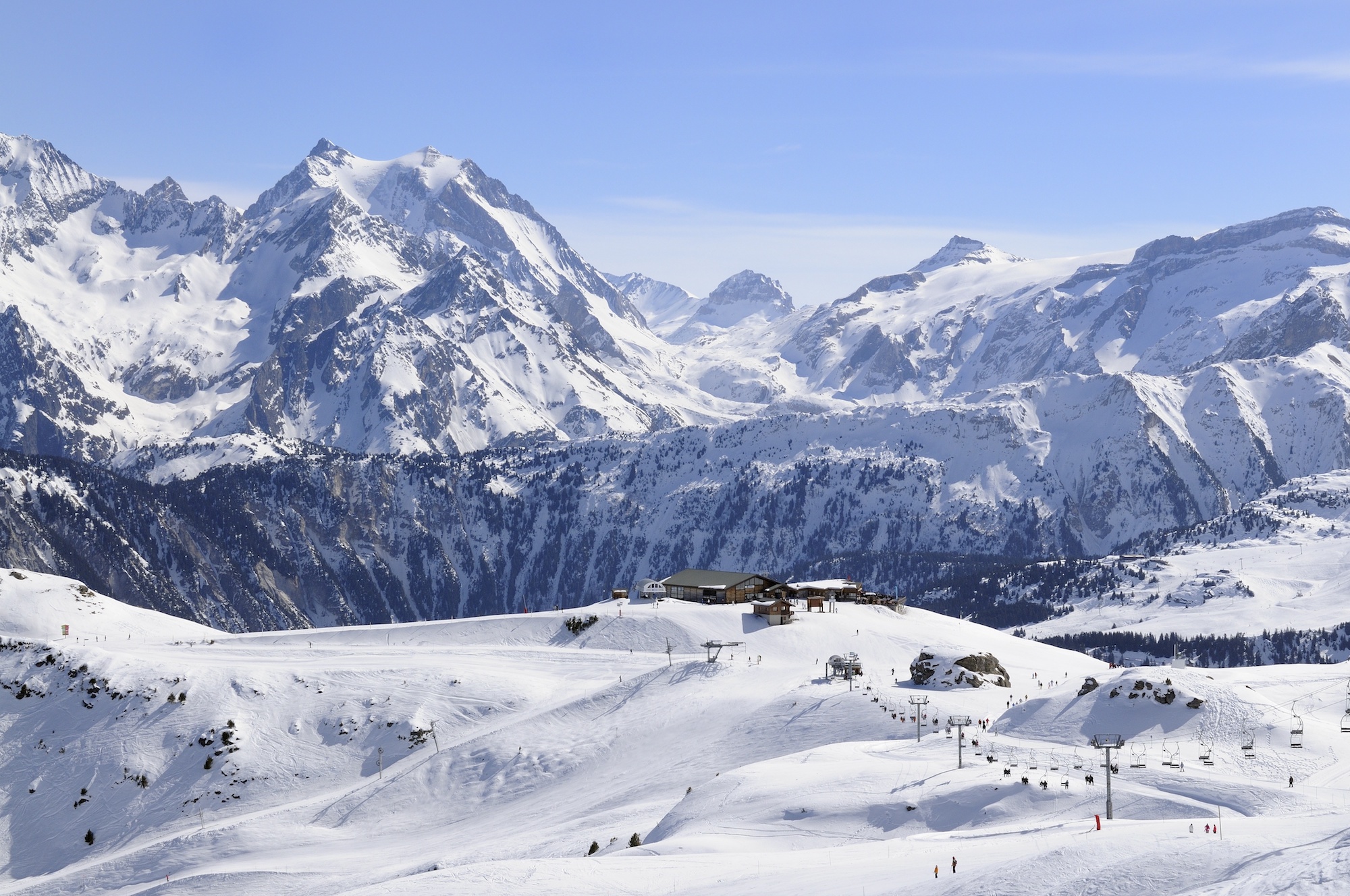
In contrast to the potential tactical complexity of the two stages that bookend it, there’s nothing subtle about stage seventeen.
Its finishing climb of Col de la Loze, making its Tour de France debut, is by virtually any measure the most difficult climb of the entire race. It’s extremely long, lasting 21.5km in total; features incredibly hard gradients, with the final 4km averaging over 10 per cent; and reaches the highest altitudes of the Tour, at over 2300 above sea level.
This will be a purely attritional test that will scatter the riders into groups of ones and twos. Even those who have hitherto seemed comfortable are at risk of blowing up, and anyone not at their very best could be punished by huge, race-ending time losses by the summit. More than any other climb, the Col de la Loze looks like where the winner of the 2020 Tour de France will be decided.
A time trial up Planche des Belles Filles
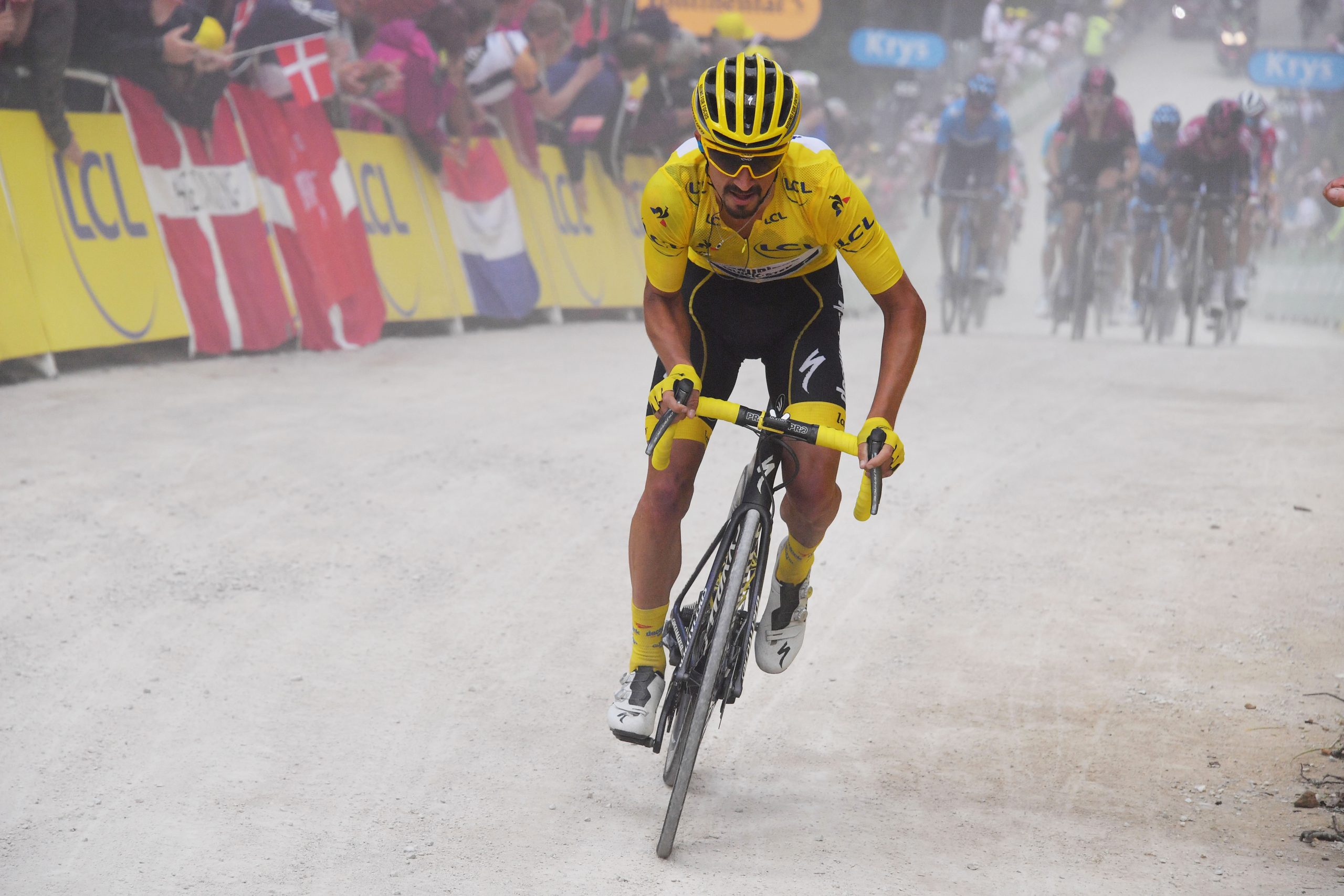
Photo : Pool / L'EQUIPE / SUNADA
Since first being appearing at the Tour in 2012, the Planche des Belles Filles has had an uncanny record of forecasting how the race will unfold — in 2012 (Bradley Wiggins), 2014 (Vincenzo Nibali) and 2017 (Chris Froome) the rider who finished the stage in yellow has gone on to seal overall victory in Paris.
Whereas on those occasions it has been used as one of the very first opening week GC tests, this year it will be climbed as part of a time trial on the penultimate stage of the race, meaning that its run as a definitive step in the race for yellow will continue by design rather than by chance.
This is the only stage for time trial specialists to capitalise on, and even here their advantage will be tempered by the number of kilometres spent climbing. Still, the 30km that precede the 6km climb up Planche des Belles Filles (at an average of 6 per cent) are flat, and could prove decisive.
If the race for the yellow jersey does indeed boil down to a battle between Roglič and Pogačar in this time trial, it will be a fascinating and unpredictable one. Roglič’s quality as a time triallist is firmly established, with him having taken multiple victories against the clock in Grand Tours as well as silver medal at the 2017 World Championships.
But, intriguingly, he actually lost the Slovenian national time trial championships to Pogačar last June, in one of the first races post-lockdown. This could go either way.
A couple more chances for the sprinters as the green jersey contest reaches its conclusion
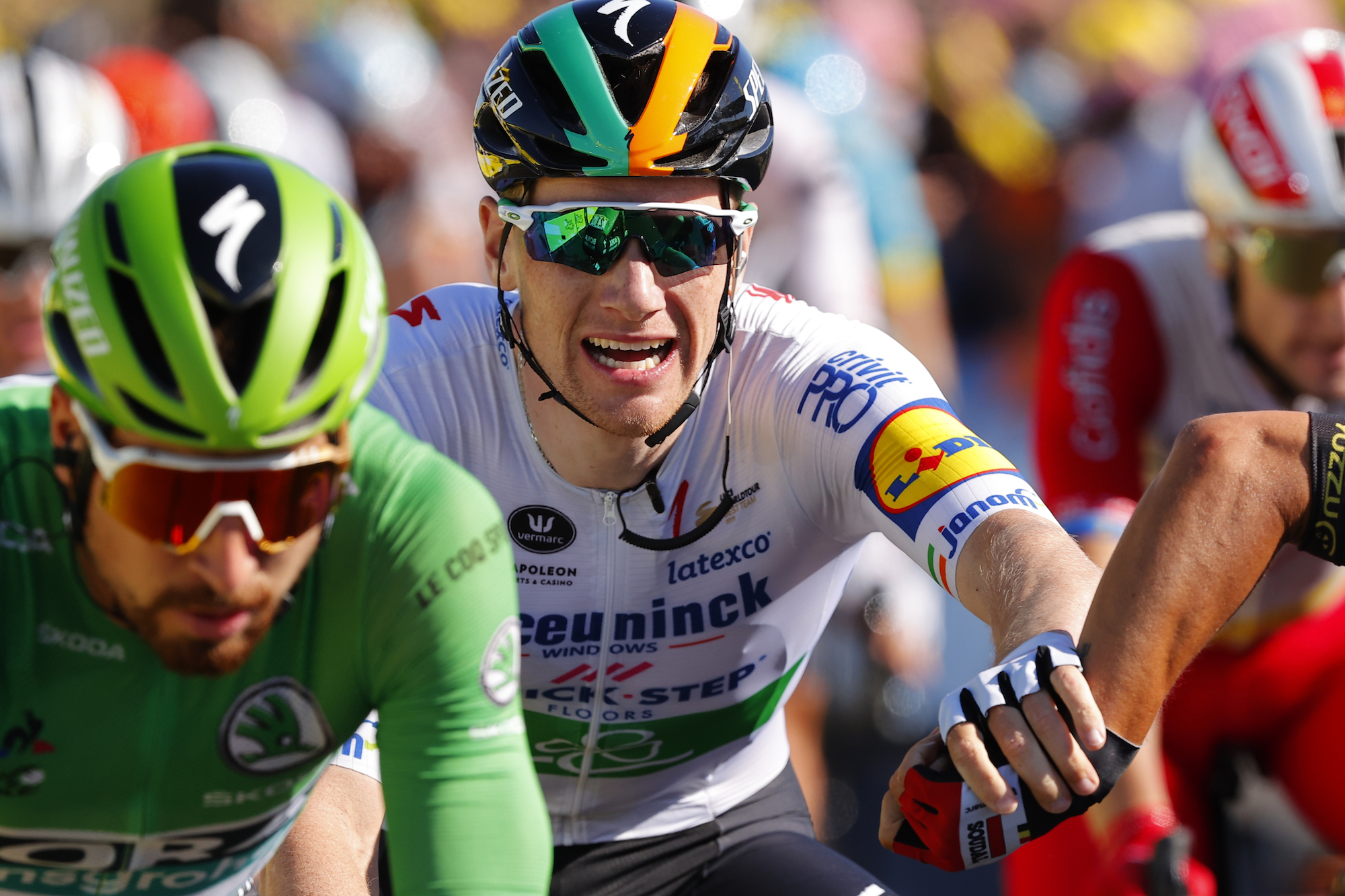
As usual, all the best sprinters in the race will spend most of the first week hauling themselves over the mountains, motivated by the incentive of going for glory on the final stage on the Champs Élysées, known as the unofficial ‘Sprinters World Championships’ for the prestige in which it is held among the fastmen.
More unusually, at least in the contest of the recent Tours de France, the Champs Élysées stage may also be the final battleground for a green jersey that could feasibly still be very much alive.
Sam Bennett (Deceuninck - Quick-Step) looked hot favourite to win the jersey after Peter Sagan (Bora-Hansgrohe) was docked points for dangerous sprinting on stage eleven, but the defending champion has refused to give up his title without a fight. He has competed for virtually every intermediate sprint, constantly tried to get into breakaways, and succeeded in dropping Bennett from the peloton on stage fourteen thanks to a relentless pace set by his Bora-Hansgrohe team.
>>> Why are so many climbing records being broken at the Tour de France 2020?
That manoeuvre helped bring Sagan back to within less than fifty points of Bennett, and whether or not he can indeed win the jersey may depend on if he and Bora-Hansgrohe manage to pull-off a similar strategy on stage nineteen. Its rolling terrain once again looks conducive to putting Bennett under pressure, and If the Irishman can be dropped, and Sagan places high at the finish, he’s at least likely to still be in mathematical contention for the jersey on the Champs Élysées.
A final day showdown between the two on the most famous road for sprinting would be a fitting end to what has already been the most exciting and competitive green jersey contest in the Sagan-era.

Thank you for reading 20 articles this month* Join now for unlimited access
Enjoy your first month for just £1 / $1 / €1
*Read 5 free articles per month without a subscription

Join now for unlimited access
Try first month for just £1 / $1 / €1
Stephen Puddicombe is a freelance journalist for Cycling Weekly, who regularly contributes to our World Tour racing coverage with race reports, news stories, interviews and features. Outside of cycling, he also enjoys writing about film and TV - but you won't find much of that content embedded into his CW articles.
-
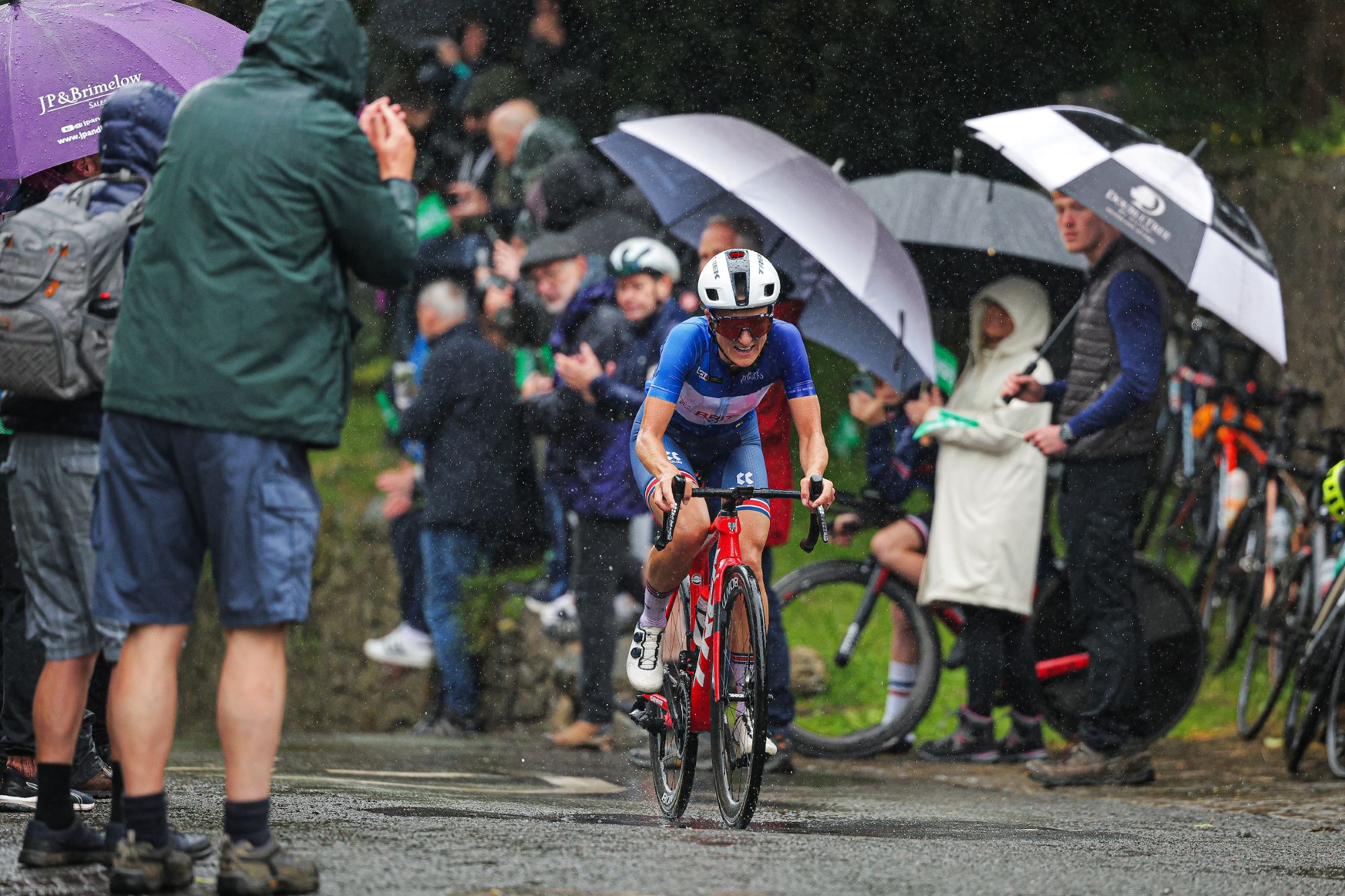 FDJ-Suez, SD Worx-Protime, Lidl-Trek confirmed for Tour of Britain Women as strong list of teams announced
FDJ-Suez, SD Worx-Protime, Lidl-Trek confirmed for Tour of Britain Women as strong list of teams announced18 teams set to take part in four-day WorldTour stage race
By Tom Thewlis
-
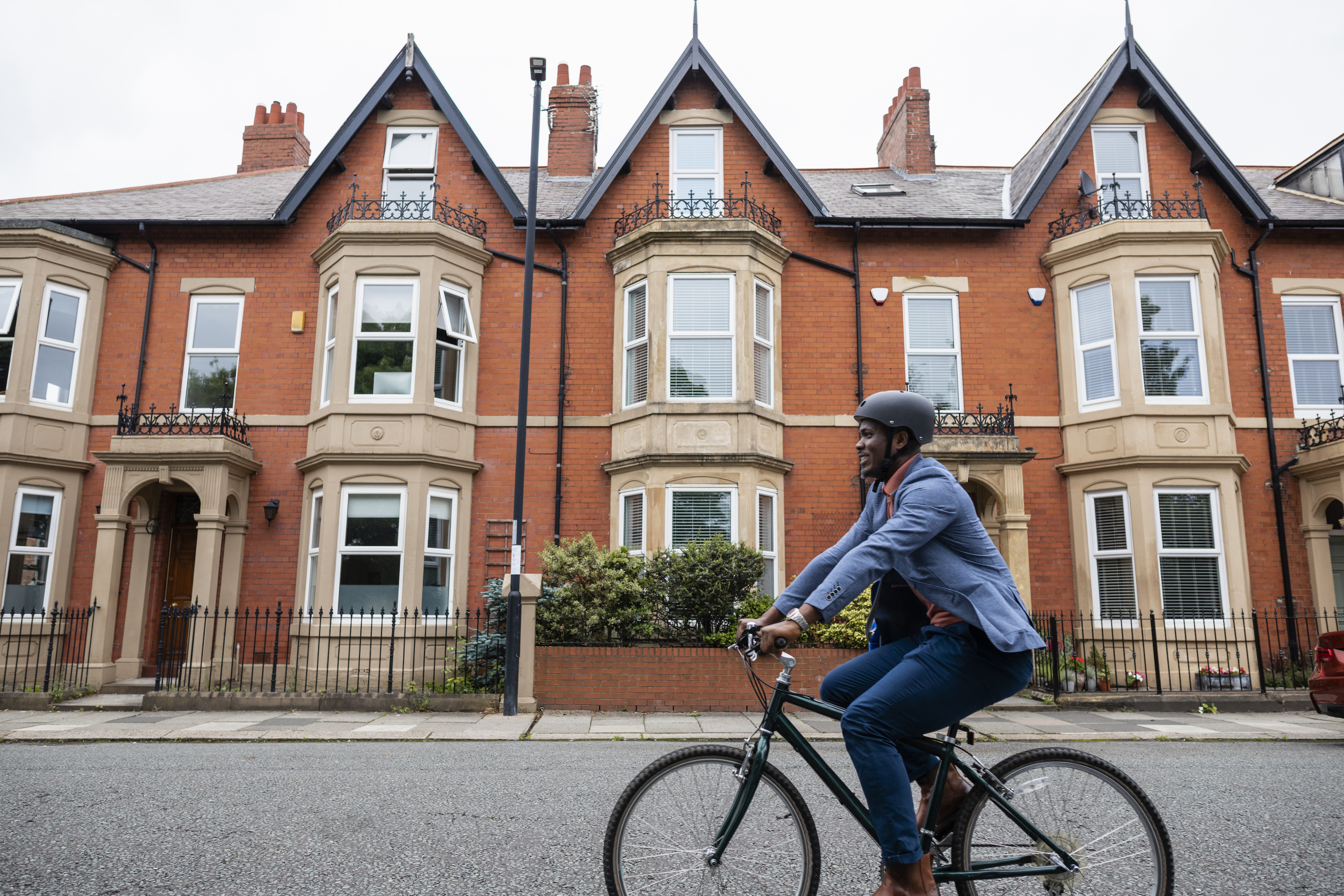 Cyclists could face life sentences for killing pedestrians if new law passed in England and Wales
Cyclists could face life sentences for killing pedestrians if new law passed in England and WalesReckless cycling currently carries a maximum two-year jail term
By Tom Thewlis